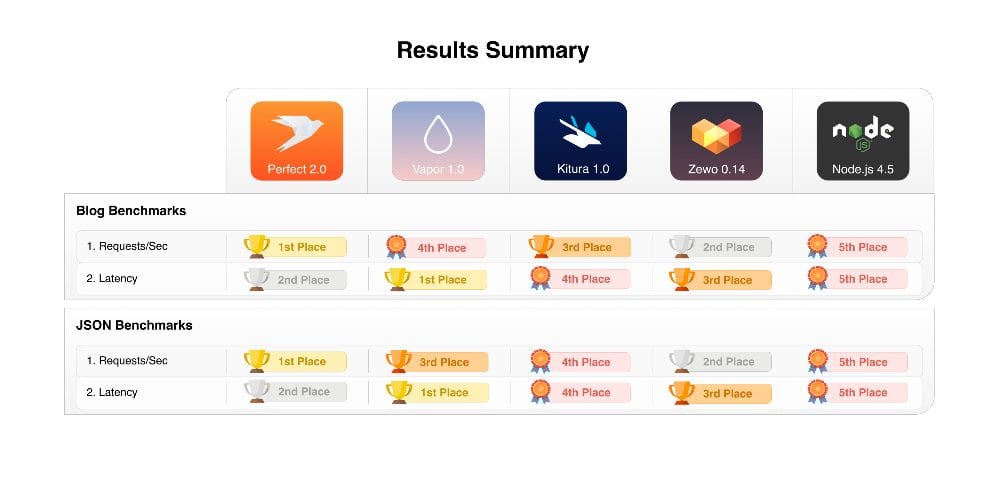Is Swift the Future of Server-side Development?


Is Swift really that good?
Since Swift was made open-source in 2015, developers from across the globe have been contributing to the language. It wasn’t until Swift was finally brought into the cloud, thanks to the Swift@IBM team, that the world was finally able to get a glimpse into the future of Swift and its use in the enterprise.
There was once a time where Swift was only able to be used on Apple devices, but that isn’t the case anymore. Since 2015, Swift has found its way to be supported by Linux which has accelerated its growth to become a powerful server-side language.
As a programming language, there is a great deal of potential to be the next big thing. From its modern take on readability and safety, it has become the second-most loved programming language according to a survey by Stack Overflow.
It seems like Apple and IBM collectively are betting on the success of Swift being the language of the future. But why would companies switch over from Java? Let’s take a look at how Swift compares to other languages in use today.
If we look strictly at performance, Swift is #1 next to Java which comes in pretty close.

Source: https://realm.io/news/tryswift-chris-robert-end-to-end-application-development-swift-backend/
But being quick and nimble isn’t the only thing. It also boasts a low memory footprint.

Source: https://realm.io/news/tryswift-chris-robert-end-to-end-application-development-swift-backend/
Perhaps the most important aspect about Swift ascension is the community. As people become more aware of its potential to be used in the server, web-frameworks have sprung up to support the demand. Right now there are a few great options, which have been benchmarked by Ryan Collins.

Looking beyond the performance metrics, let’s take a look at some benefits moving over to Swift can yield for the enterprise.
Productivity
Gone are the days where a developer had to know multiple languages to handle the stack. (I would call this Full-Stack Nirvana). The benefits to having one language on both the client and server side are many. Teams can build end-to-end applications faster using Swift, and the knowledge-base can go deeper across the entire team.
Economy
Swift’s performance specs can lead to lower costs when dealing with cloud-service providers that charge by memory and CPU usage.
Overall, the future looks bright for Swift and there are plenty of reasons companies should look into using it as an end-to-end stack. IBM and Apple aren’t the only big corporations rallying behind it, which is a good sign.
- Glide Unveils Groundbreaking AI-Powered Features to Revolutionize No-Code Software Development - August 7, 2023
- How Low-Code Applications Can Help Your Business - August 6, 2023
- Why No-Code Platforms Are Still Relevant in 2023 - August 6, 2023




















